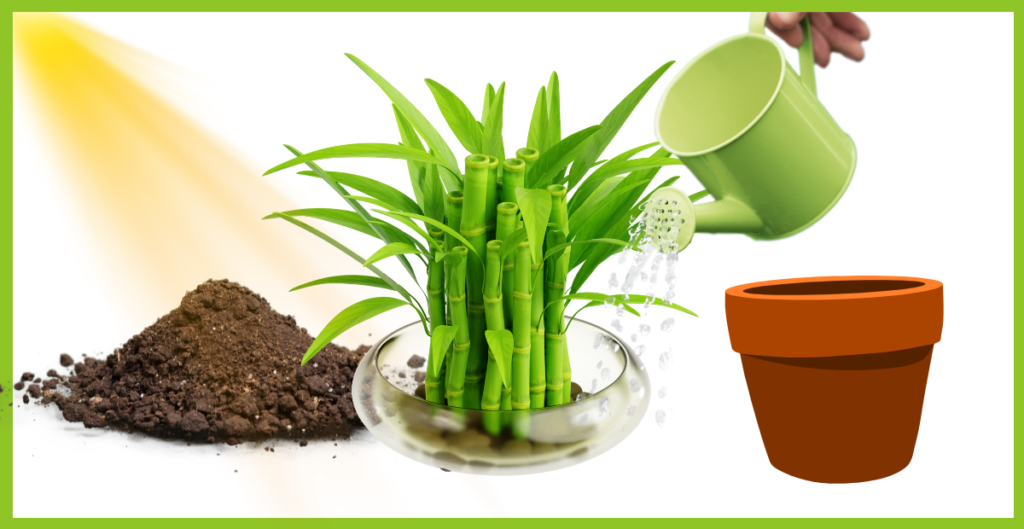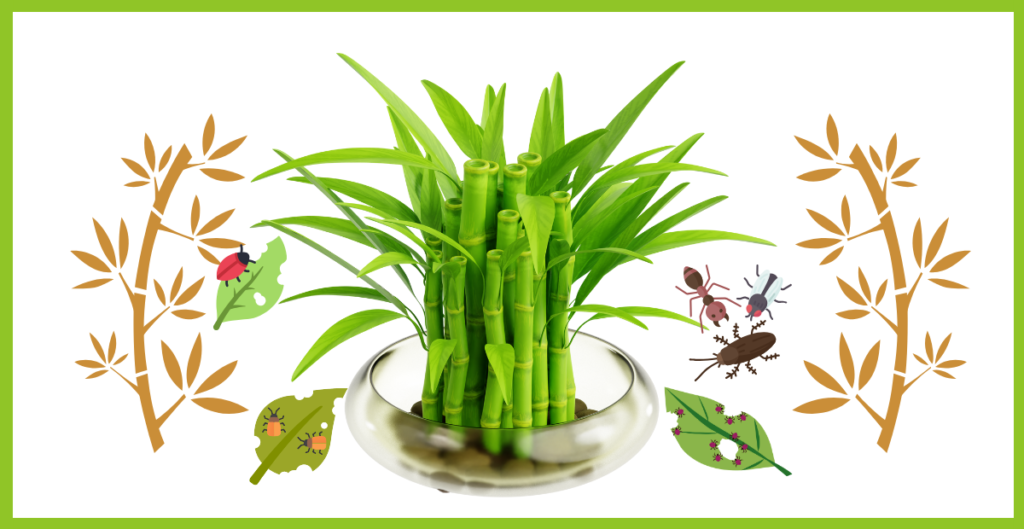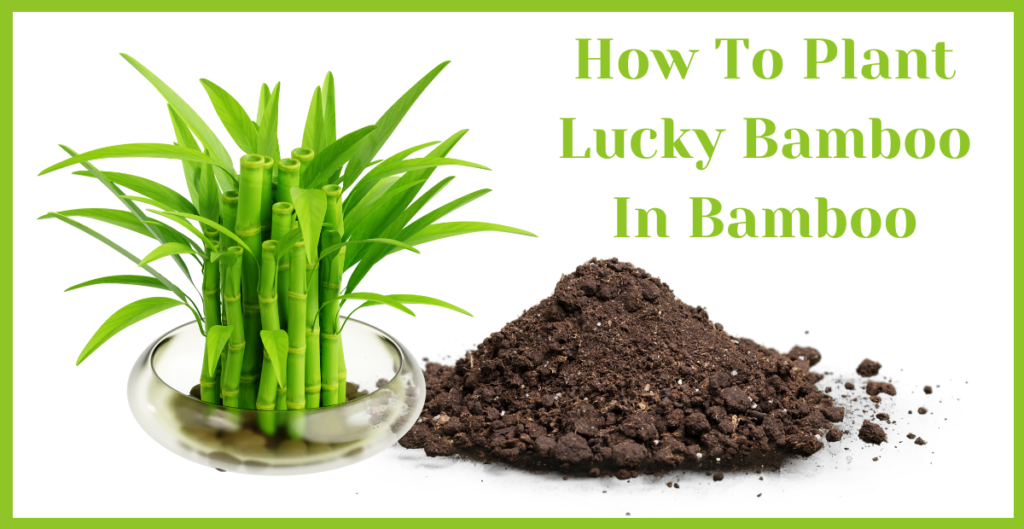Lucky bamboo (Dracaena sanderiana) is a popular indoor plant known for its graceful appearance and low-maintenance nature. While it is commonly grown in water, planting it in soil can help the plant grow stronger and healthier. If you’re wondering how to plant lucky bamboo in soil, this guide will walk you through the process step by step. Let’s dive in!
What You Need to Know Before Planting Lucky Bamboo in Soil
Lucky bamboo thrives in both water and soil, but soil planting provides better nutrient availability. Here are Some Important points to consider:

- Soil Preference: Use well-draining potting soil to prevent waterlogging.
- Light Requirements: Lucky bamboo prefers bright, indirect sunlight.
- Container Choice: Choose a pot with drainage holes to avoid water stagnation.
- Watering Needs: Keep the soil slightly moist but not soggy.
Step-by-Step Guide How to Plant Lucky Bamboo in Soil?
- Choose the Right Pot and Soil
- Pick a pot with drainage holes to allow excess water to escape.
- Use a high-quality potting mix with sand or perlite for good drainage.
- Prepare the Plant
- Carefully take the lucky bamboo out of its water or the container it was previously in.
- Rinse the roots thoroughly to remove debris and check for rot or damage.
- Plant the Lucky Bamboo
- Fill the pot halfway with the soil.
- Position the lucky bamboo vertically in the middle of the pot.
- Cover the roots with additional soil, making sure they are completely buried.
- Water the Plant
- Water the soil thoroughly after planting.
- Let any excess water drain away to avoid root rot.
- Place the Plant in an Ideal Location
- Place the pot in a location that receives bright, indirect sunlight.
- Avoid direct sunlight, which can scorch the leaves.
Tips for Caring for Lucky Bamboo in Soil
- Fertilizing: Feed the plant with a diluted liquid fertilizer every 4-6 weeks during the growing season.
- Pruning: Trim yellow or dead leaves to maintain the plant’s appearance and health.
- Repotting: Repot the plant every 1-2 years to refresh the soil and allow root growth.
- Humidity: Maintain moderate humidity levels; mist the plant occasionally if the air is dry.
Frequent Problems and Their Solutions

- Yellow Leaves: This can indicate overwatering or too much direct sunlight. Adjust watering frequency and relocate the plant if necessary.
- Root Rot: Caused by waterlogged soil. Ensure proper drainage and reduce watering.
- Pests: Inspect for pests like spider mites and treat with insecticidal soap if needed.
Why Plant Lucky Bamboo in Soil?
While lucky bamboo grows well in water, planting it in soil offers several advantages:
- Better Nutrient Access: Soil provides essential nutrients that water alone cannot.
- Stable Growth: Soil offers better support for the plant’s roots and stems.
- Improved Longevity: Plants in soil generally have a longer lifespan.
Conclusion
Planting lucky bamboo in the soil is a simple process that can greatly enhance the plant’s growth and overall health. By following the steps and tips mentioned above, you can ensure your lucky bamboo thrives in its new environment. Whether you keep it as a decorative piece or a symbol of good fortune, your lucky bamboo will reward you with lush, green growth when cared for properly.
Start your lucky bamboo planting journey today and bring a touch of nature’s elegance to your home!
FAQs
Can lucky bamboo grow in soil?
Yes, lucky bamboo can grow in soil, and it provides better nutrient availability and stability compared to growing in water.
What type of soil is best for lucky bamboo?
Lucky bamboo thrives in well-draining potting soil, ideally mixed with sand or perlite to prevent waterlogging.
Does lucky bamboo need fertilizer when planted in soil?
Yes, fertilize lucky bamboo with a diluted liquid fertilizer every 4-6 weeks during its growing season to promote healthy growth.
Can I use regular garden soil for lucky bamboo?
It’s better to use a high-quality potting mix with good drainage properties instead of regular garden soil, which might retain too much moisture.



